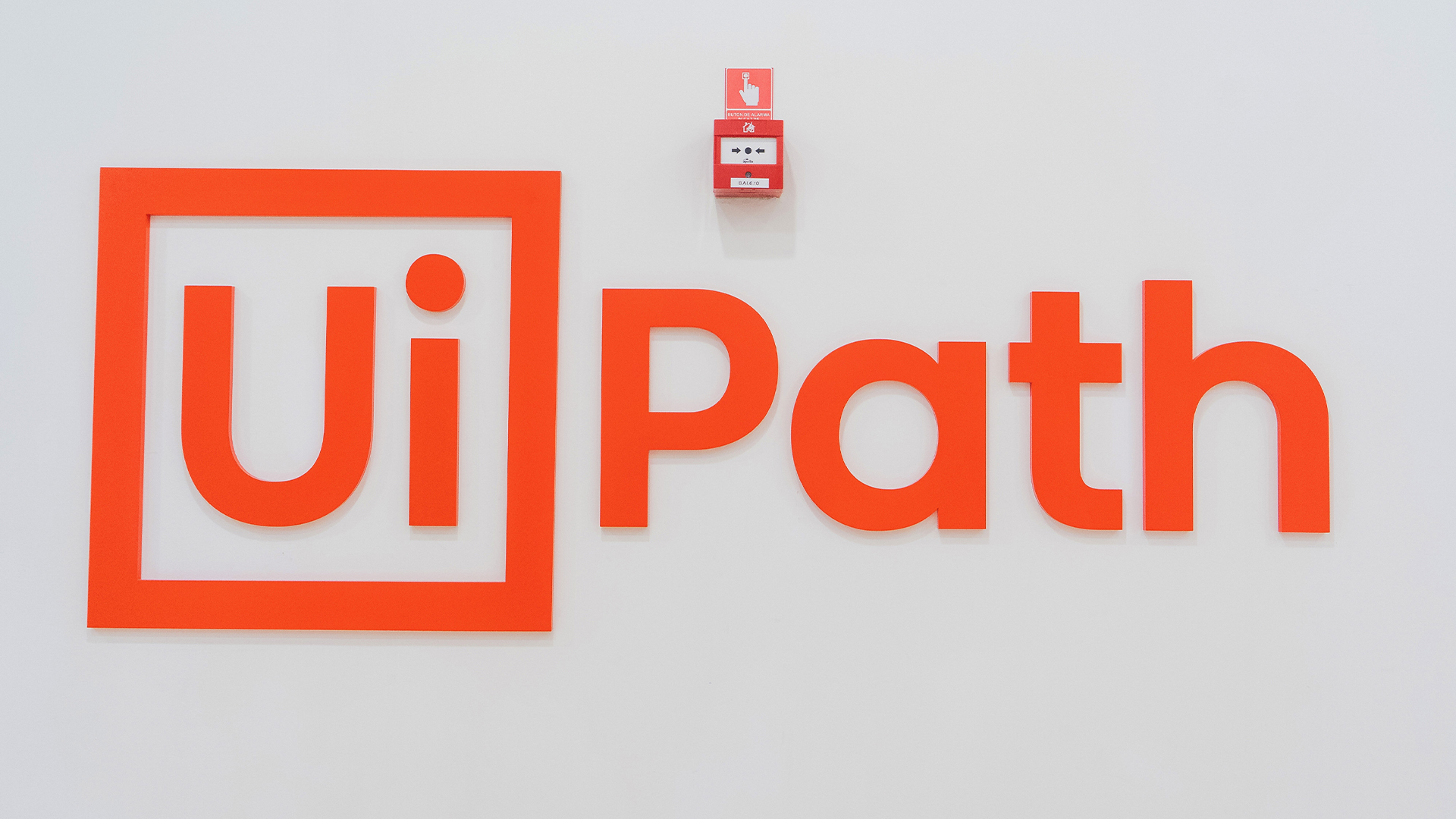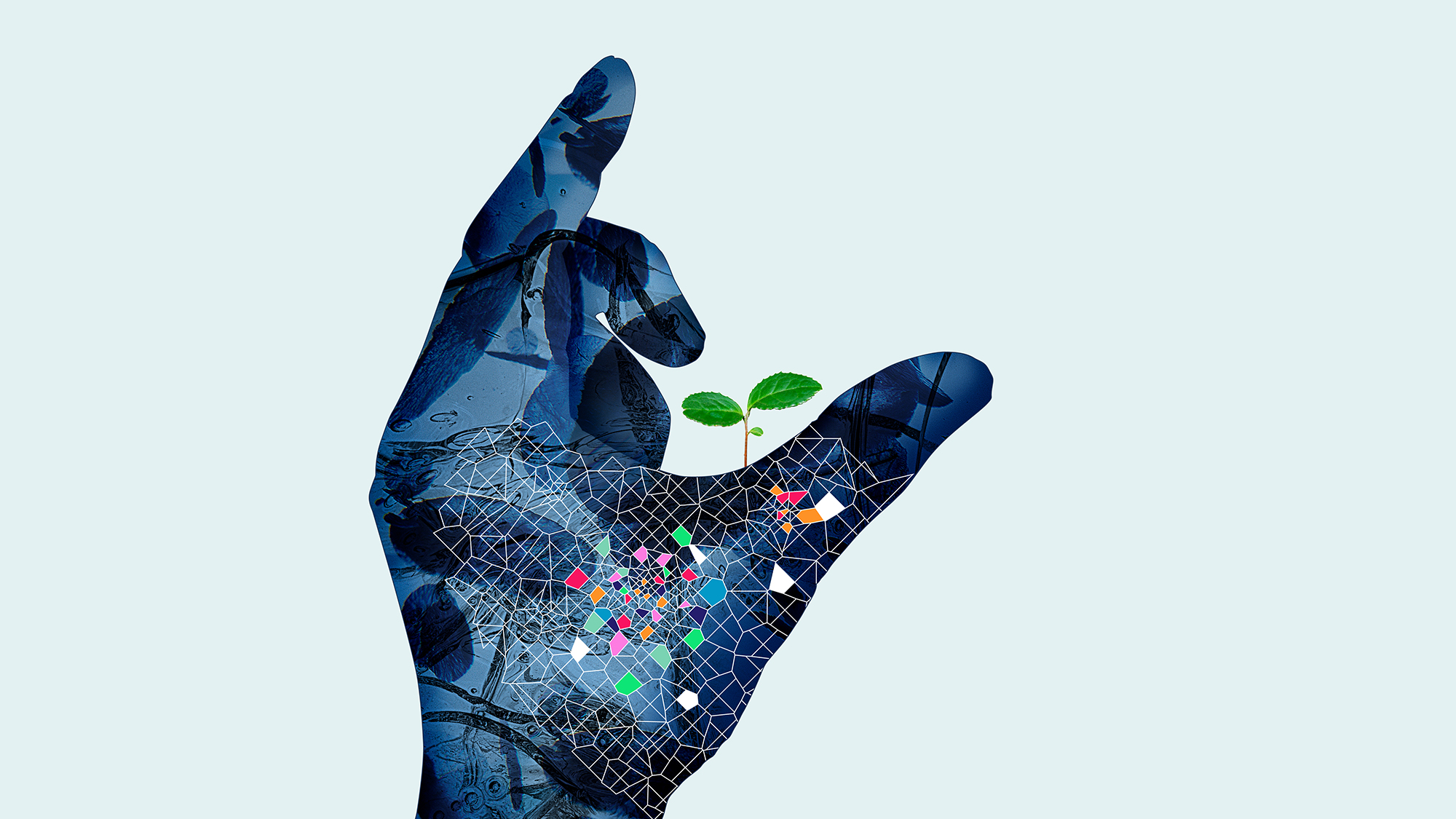HP: 3D printing can cut IT's supply chain carbon footprint
Tech giant outlines measures to meet its sustainability goals

HP has admitted to experiencing "challenges" in regard to its progress on sustainability, but believes innovations like 3D printing and its own PageWide technology can help it reach its green goals.
Speaking at the company's annual Sustainability Summit in London yesterday, HP's UK MD, George Brasher, explained how the environmental benefits of "short run printing" could play a part in countering the carbon footprint of businesses' supply chains.
"If you think today, most products are designed somewhere, they're shipped typically overseas, they're built there, and then they're transported - all having an impact on the environment," he said, speaking to partners, customers and journalists.
"In the future what's going to happen is you'll design a product - instead of having a physical supply chain you'll have a digital one, so you'll ship ones and zeroes, and then that production will occur closer to the consumer, significantly reducing the impact on the environment."
In HP's 137-page Sustainable Impact Report, which measures progress made against its sustainability goals, the company announced it had introduced devices to more than 14.5 million students to assist with learning, against a target of 100 million by 2025, and recorded an 8% rise in 'diversity hires' in the US in the last year.
Despite taking pride in its progress, including a 35% reduction in greenhouse gas emissions from global operations since 2015, the carbon footprint in its own supply chain rose 12% between 2016 and 2017.
Kirstie McIntyre, HP's director for global sustainability operations, told IT Pro the key drivers behind this included a rise in the amount of products they were making and selling, as well as a slight increase in the use of air freights.
Sign up today and you will receive a free copy of our Future Focus 2025 report - the leading guidance on AI, cybersecurity and other IT challenges as per 700+ senior executives
"We've had a few challenges in the supply chain area. These are sometimes the business challenges that you have to face," she said.
"It doesn't mean that we won't measure it - it doesn't mean that we won't continue to push it down - but sometimes there are realities around manufacturing and shipping that means we take one step backwards, and we hope to take three step forwards next time."
Brasher added, that beyond HP's focus on integrating 3D printing into the supply chain, it was setting several targets, including zero-deforestation in all paper used in packaging and documentation by 2020.
"We're tracking our progress in and we're reporting on it quarterly," he said. "You know, in companies what gets measured gets done. And so, the fact we've set ambitious targets, we've stated them publically, and we've said we'd give regular update on progress - that's what's really going to drive that behaviour."
Elsewhere HP outlined how it hopes to integrate sustainability into its core products and services, manifesting, for instance, as free recycling programmes for HP and non-HP legacy equipment upon organisations replacing them, raising the level of energy efficiency in new product lines, as well as ensuring its products can be easily repaired.
HP technologies like Jet Intelligence and PageWide, a single-printhead that delivers all four colours in one pass without needing to heat a toner, will also play a part in reducing carbon emissions, Brasher believes.
Last year the manufacturer reframed its messaging around sustainability, expanding its strategy to incorporate its ambitions on improving the human impact of its operations, and raise diversity in the industry.
GreenPeace's Guide to Greener Electronics, meanwhile, graded HP with a C+ mark in its 2017 report, which, despite middling in absolute terms, saw HP rank as the fourth-best company among 17 rivals in the tech industry.
"Our view on GreenPeace is they have a very important job to do. They are there to keep us honest, they are there to raise awareness of sustainability as an important issue, and they are there to challenge us," McIntyre told IT Pro in response to the grade.
"Their job is to be critical, it's not their job to pat us on the back and say 'hey everything's absolutely fine - you're doing a great job', so I think they will always be critical, and that's a good thing. We should take that external criticism [on board]."
Picture: Shutterstock

Keumars Afifi-Sabet is a writer and editor that specialises in public sector, cyber security, and cloud computing. He first joined ITPro as a staff writer in April 2018 and eventually became its Features Editor. Although a regular contributor to other tech sites in the past, these days you will find Keumars on LiveScience, where he runs its Technology section.
-
 Trump's AI executive order could leave US in a 'regulatory vacuum'
Trump's AI executive order could leave US in a 'regulatory vacuum'News Citing a "patchwork of 50 different regulatory regimes" and "ideological bias", President Trump wants rules to be set at a federal level
-
 TPUs: Google's home advantage
TPUs: Google's home advantageITPro Podcast How does TPU v7 stack up against Nvidia's latest chips – and can Google scale AI using only its own supply?
-
 UK firms are pouring money into AI, but they won’t see a return on investment unless they address these key issues
UK firms are pouring money into AI, but they won’t see a return on investment unless they address these key issuesNews An SAP report projects increased AI investment, but cautions that too many organizations are taking a fragmented approach
-
 Intel makes high-level hires while factory workers are warned of layoffs
Intel makes high-level hires while factory workers are warned of layoffsNews The company is appointing four senior executives as part of efforts to refocus on engineering and customer relationships
-
 UiPath names Simon Pettit as new AVP for UK and Ireland
UiPath names Simon Pettit as new AVP for UK and IrelandNews The seasoned leader will spearhead region-specific transformation projects as UiPath looks to drive operational growth and customer engagement
-
 How to empower employees to accelerate emissions reduction
How to empower employees to accelerate emissions reductionin depth With ICT accounting for as much as 3% of global carbon emissions, the same as aviation, the industry needs to increase emissions reduction
-
 Worldwide IT spending to grow 4.3% in 2023, with no significant AI impact
Worldwide IT spending to grow 4.3% in 2023, with no significant AI impactNews Spending patterns have changed as companies take an inward focus
-
 Report: Female tech workers disproportionately affected by industry layoffs
Report: Female tech workers disproportionately affected by industry layoffsNews Layoffs continue to strike companies throughout the tech industry, with data showing females in both the UK and US are bearing the brunt of them more so than males
-
 How can small businesses cope with inflation?
How can small businesses cope with inflation?Tutorial With high inflation increasing the cost of doing business, how can small businesses weather the storm?
-
 How to deal with inflation while undergoing digital transformation
How to deal with inflation while undergoing digital transformationIn-depth How can organizations stave off inflation while attempting to grow by digitally transforming their businesses?